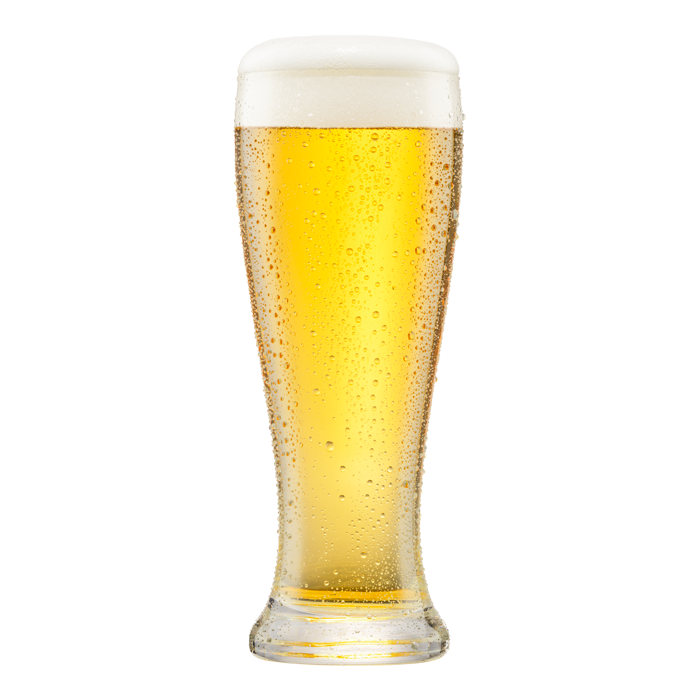How to brew american barleywine a bold and complex recipe
American Barleywine is a rich, intense beer known for its high alcohol content and a strong interplay of malt and hops. This style, a bolder version of the traditional English Barleywine, combines heavy malt sweetness with a significant bitterness from American hops, giving it a complex character that improves with age. Brewing it is not for the faint-hearted, as it requires precision, patience, and an understanding of the brewing process. Here’s a detailed guide to brewing your own American Barleywine.
Ingredients Overview
The base of any American Barleywine lies in the selection of malts and hops. For a typical 5-gallon batch, you’ll need the following ingredients:
Malts
- Maris Otter Malt (10 lbs / 4.5 kg): Known for its bready, rich flavors, Maris Otter provides the backbone of the malt profile.
- Vienna Malt (10 lbs / 4.5 kg): Adds a subtle spice that complements the malt sweetness without overpowering the hops.
- Crystal 60 (1 lb / 454 g) and Crystal 80 (0.5 lb / 227 g): These crystal malts provide sweetness and complexity but should be used sparingly to prevent the beer from becoming cloying.
- Table Sugar (1 lb / 454 g): Used to dry out the beer slightly and increase the alcohol content without adding body.
Hops
The hop profile is crucial in balancing the sweetness of the malt. You’ll need hops that provide both bitterness and aroma:
- German Magnum (bittering hops, aiming for 100 IBUs): Known for its high alpha acids, this hop will provide the bitterness needed to counterbalance the malt intensity.
- American aroma hops (2 oz each of Amarillo and Northern Brewer): These hops should be added towards the end of the boil to impart citrus and pine notes, classic to American Barleywine.
Yeast
A yeast strain capable of handling the high alcohol content is essential. Wyeast 2206 Bavarian Lager is often recommended for this style because of its clean fermentation profile, but other American ale yeasts that can handle high ABV can also work well.
Brewing Process
Step 1: Mashing
Mash your grains at a lower temperature of around 149°F (65°C) for 90 minutes. This step is crucial because it generates highly fermentable sugars, ensuring that the final beer will have a drier finish despite its high alcohol content. Lauter and sparge slowly to extract as much sugar from the grain as possible. If your mash tun can’t handle the volume, supplement with malt extract.
Step 2: Boiling
The boil should last at least 60 minutes, but extending it to 90 or 120 minutes can improve the caramelization of the wort, adding depth to the malt character. Add your bittering hops at the start of the boil, and your aroma hops in the last 5 minutes. This will impart both the bitterness and the fresh hop aroma characteristic of American Barleywine.
Step 3: Fermentation
Due to the high gravity of the wort, you need to pitch a large amount of healthy yeast. It’s often recommended to pitch at least 50% more yeast than you would for a typical ale. Fermentation should be carried out at a stable temperature, ideally around 65-68°F (18-20°C). High temperatures during fermentation could lead to off-flavors and fusel alcohol, which would make the beer taste harsh.
Conditioning and Aging
American Barleywine benefits greatly from aging, which allows the alcohol heat to mellow and the flavors to integrate. Age your beer for at least six months, though many brewers recommend aging it for a year or more. As it matures, the malt and hops will blend more harmoniously, and the beer will take on subtle oxidation notes that add complexity.
Final Thoughts
American Barleywine is a challenging beer to brew, but the reward is a deeply complex, full-bodied brew that evolves over time. With careful attention to ingredients and process, you can create a beer that will impress any craft beer enthusiast. As with any high-alcohol beer, patience is key—both in brewing and aging.
Happy brewing!


